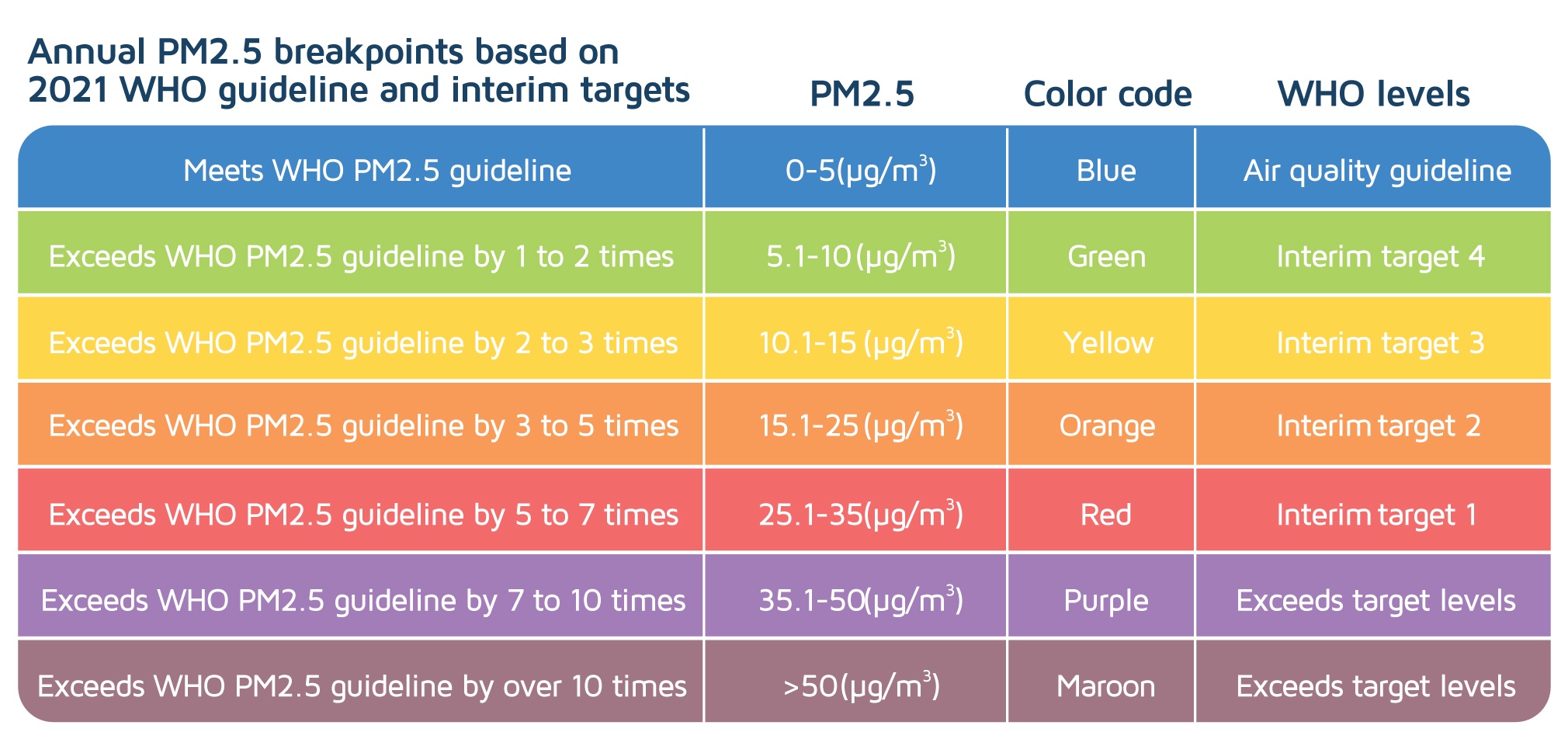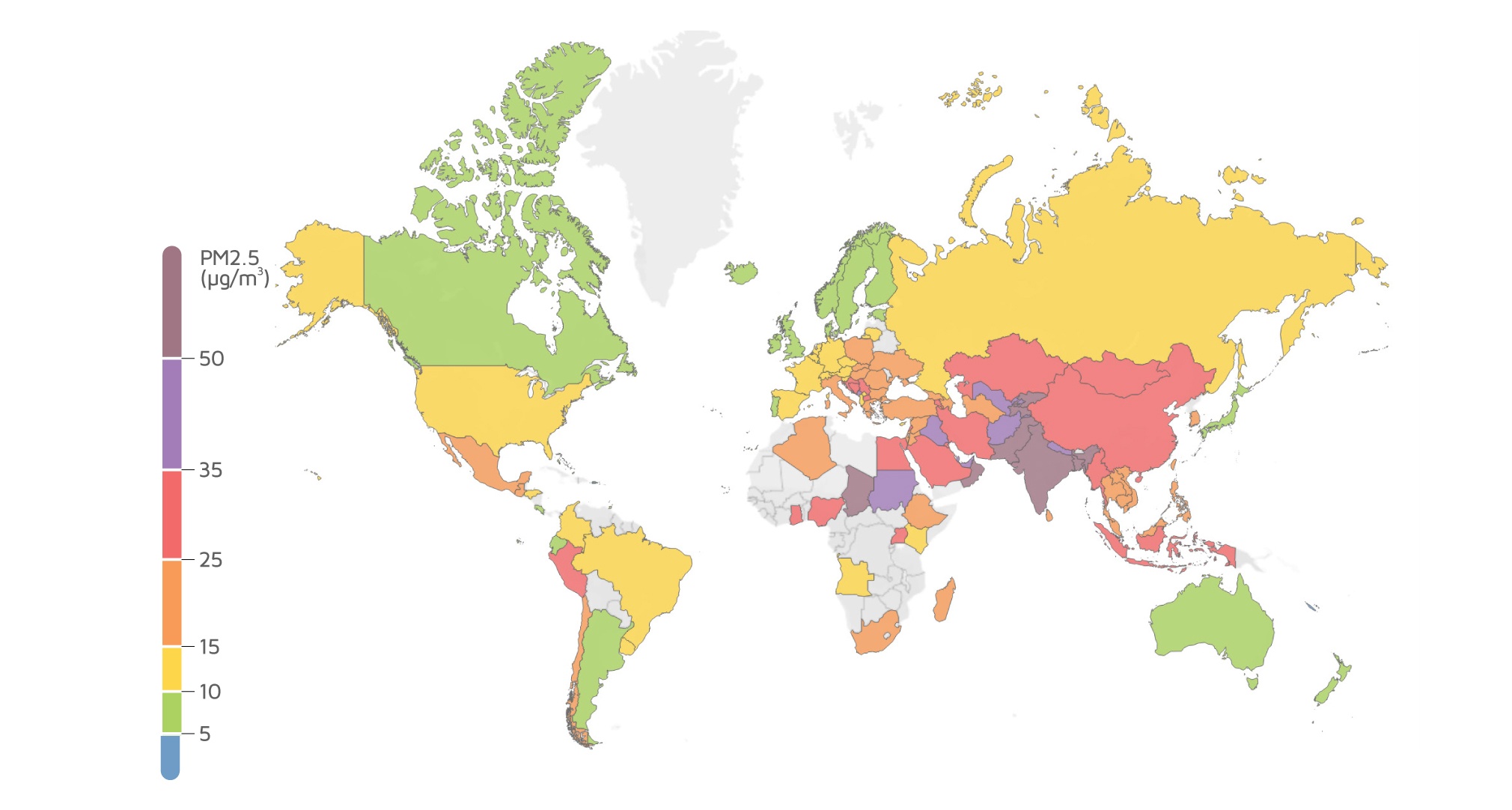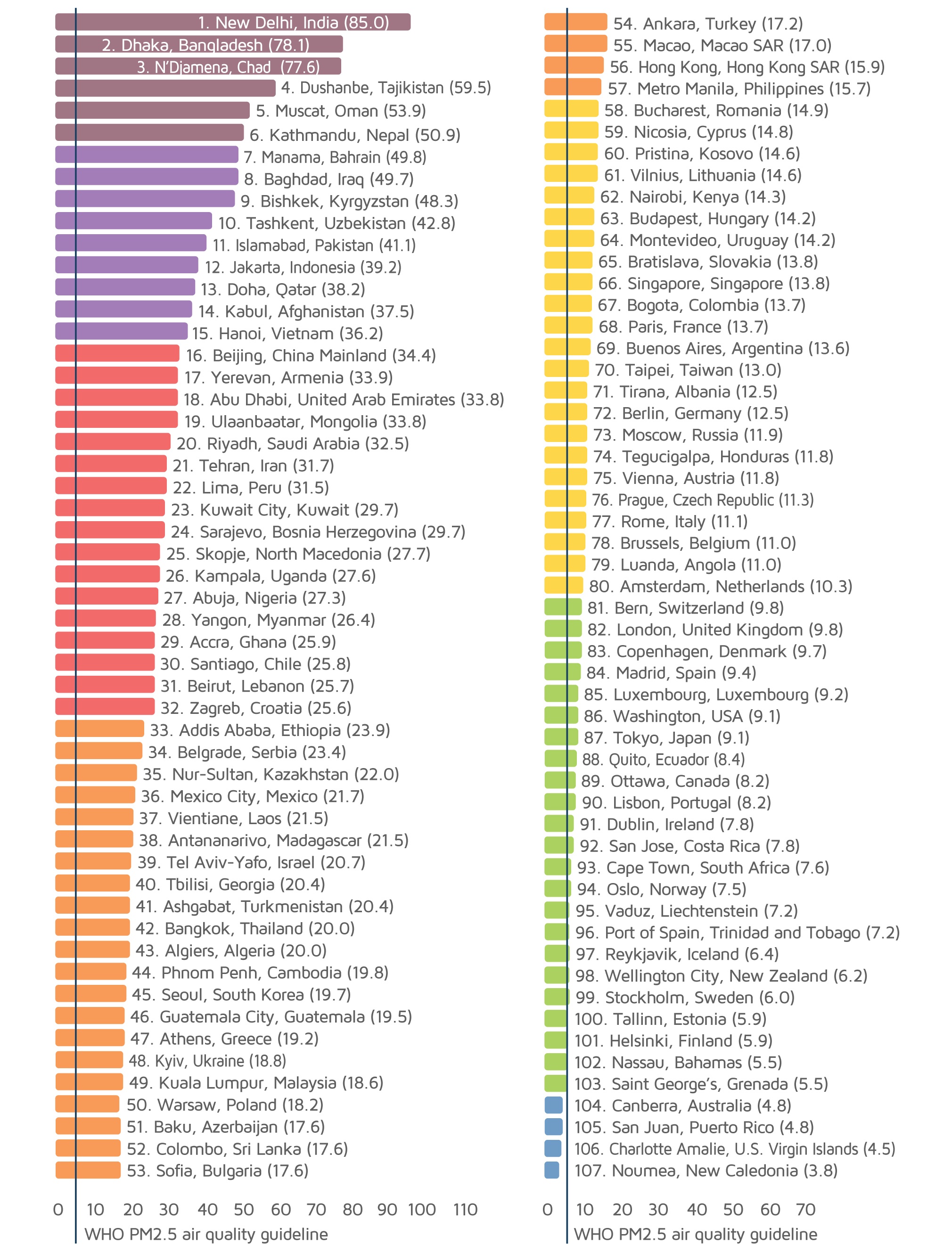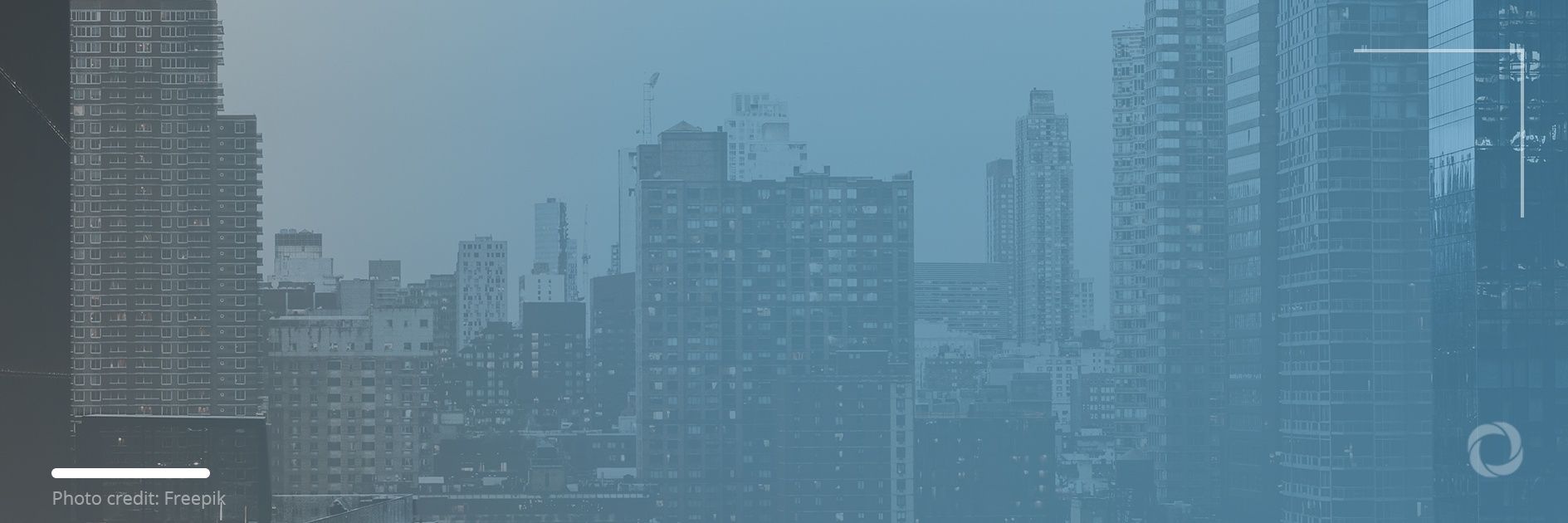Air pollution that causes the death of millions of people globally every year remains a major environmental health threat for humanity. IQAir’s recent report shows that only three territories met World Health Organization (WHO) air quality guidelines in 2021. According to the report, the list of the most polluted countries is headed by Bangladesh while New Delhi in India is recognized as the most polluted city.
Every year around seven million people die globally due to polluted air in cities. Because of these pollutants, people suffer from various diseases including heart and lung conditions. At the same time, air pollution also places a huge economic burden on countries, amounting to US$8 billion daily, and affects the most vulnerable including children. Estimates reveal that in 2021, around 40,000 children under five years of age died due to the effects of air pollution.
IQAir, a company specializing in tracking the quality of air globally, recently published a report highlighting that 97% of cities across 117 countries exceeded the WHO’s guideline levels and interim targets for PM2.5 in 2021. PM2.5, the smallest pollutant in the air and one of the most dangerous, is a consequence of fossil fuel burning as well as wildfires and dust storms. The report used seven colors to visualize the WHO annual air quality guideline levels.
Fig.1. 2021 World Air Quality Report visualization framework

According to the report, South Asia, East Asia, and Southeast Asia are the most polluted regions. Of the 50 most polluted cities, 46 are in Central and South Asia. The only cities in the region that met WHO standards were Zhezqazghan and Chu in Kazakhstan.
It is worth mentioning that in Africa only 13 out of 54 countries reported data on air quality and therefore the paucity of data limits estimates of the progress being made across that continent. Similarly, some countries in the Latin America and Caribbean region also have no air quality monitoring system.
Fig.2. 2021 global map color-coded by annual average PM2.5 concentration

Furthermore, the report states that globally only the U.S. Virgin Islands, Puerto Rico, and the territories of New Caledonia met the PM2.5 air quality guidelines recommended by WHO. Out of 6,475 cities tracked, only 222 had average air quality standards and 93 exceeded the WHO PM2.5 guideline tenfold.
The CEO of IQAir, Frank Hammes, commenting on the outcomes of the report, noted:
“It is a shocking fact that no major city or country is providing safe and healthy air to their citizens according to the latest World Health Organization air quality guideline. This report underscores just how much work remains to be done to ensure that everyone has safe, clean, and healthy air to breathe. The time for action is now.”
In Latin America and the Caribbean region, out of 174 cities only 12 met the WHO PM2.5 guidelines while in Africa, out of 65 cities there was only one and in Asia, out of 1,887 cities only four met the guidelines. In Europe 55 out of 1,558 cities met the guidelines. In the United States, the report found that in 2,408 cities tracked, the average PM2.5 concentrations increased from 9.6 µg/m3 to 10.3 µg/m3. Among the major cities in the US, the most polluted was Los Angeles.
Overall, the 10 least polluted countries following the U.S. Virgin Islands, Puerto Rico and the territories of New Caledonia were Cape Verde, Saba, Finland, Grenada, Bahamas, Australia, Estonia, Iceland, Sweden and New Zealand. In contrast, the 10 most polluted countries were Bangladesh, Chad, Pakistan, Tajikistan, India, Oman, Kyrgyzstan, Bahrain, Iraq, and Nepal.
Among cities, the most polluted is New Delhi in India followed by Dhaka in Bangladesh, N’Djamena in Chad, Dushanbe in Tajikistan and Muscat in Oman. Greenpeace India Campaign Manager, Avinash Chanchal, remarking on the report, said:
“We understand better than ever before how air pollution damages our health and economies. This report is a wake-up call, revealing how people worldwide are denied access to clean air. Particulate matter air pollution is produced through burning fuels including coal, oil, and fossil gas, unsustainable development, and agricultural activities. Addressing the air pollution crisis requires the development of renewable energy resources and clean-powered, accessible public transport. Moreover, solutions to air pollution are also solutions to the climate crisis. Breathing clean air should be a basic human right, not a privilege.”
Fig.3. Average annual PM2.5 concentration (µg/m³) for regional capital cities in descending order


